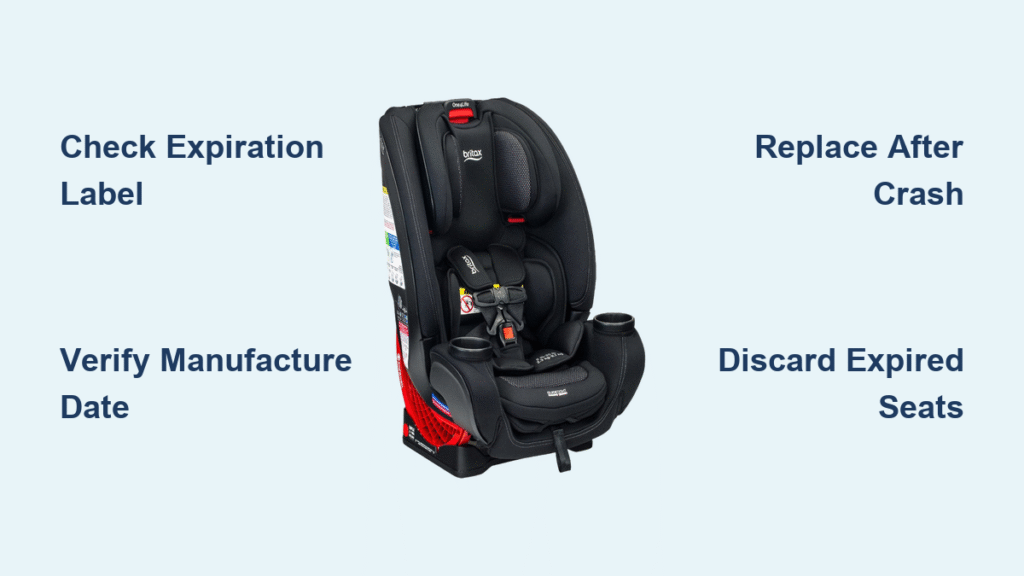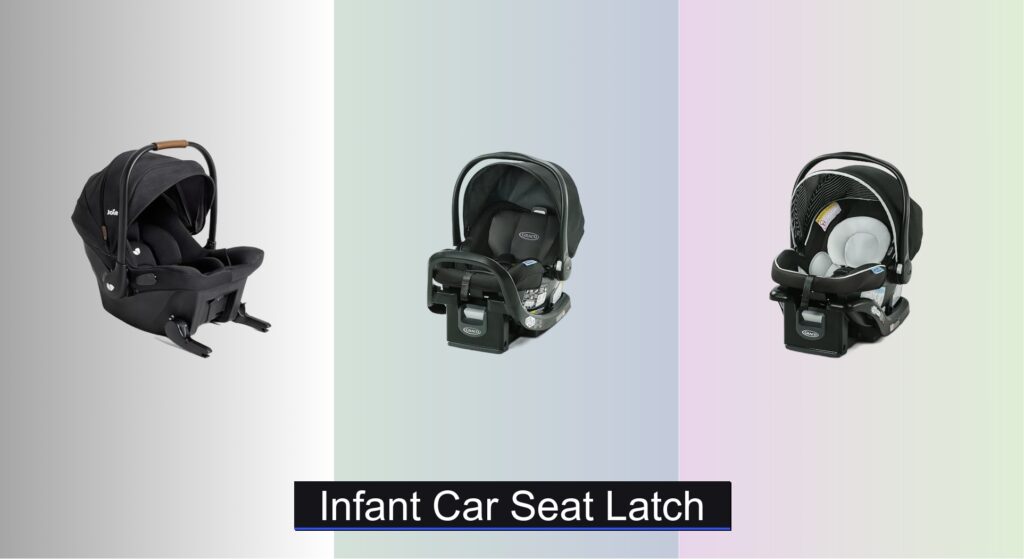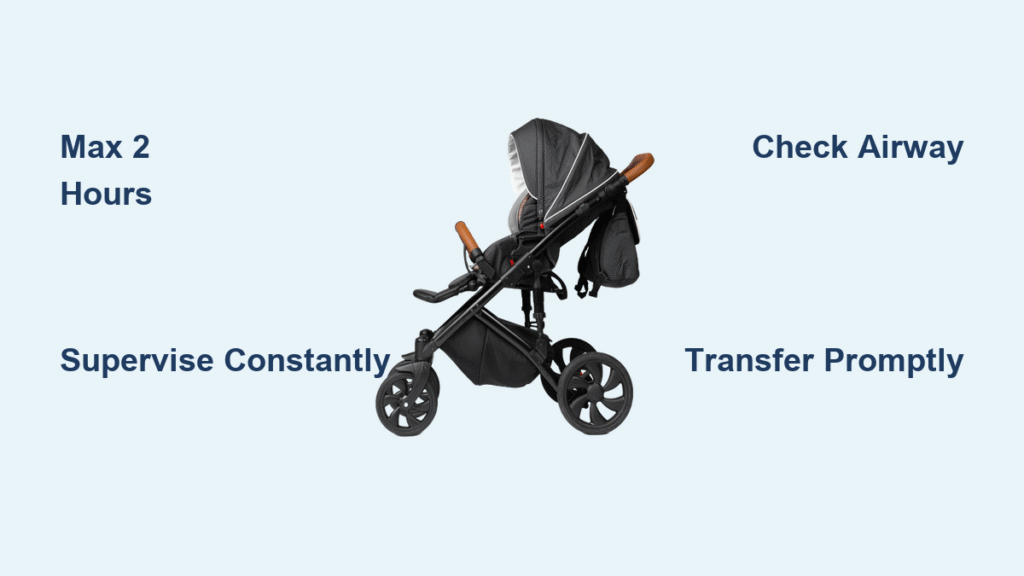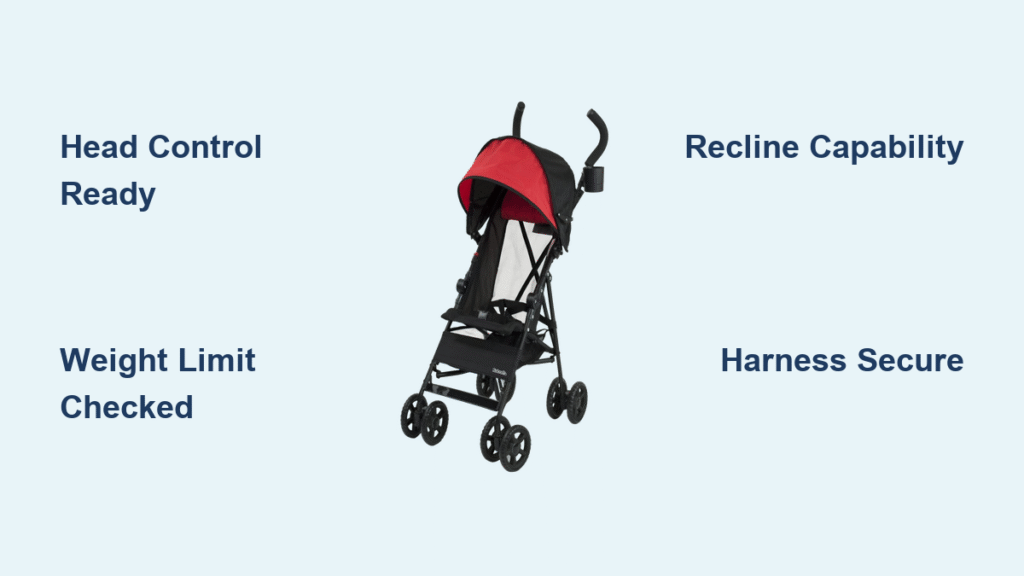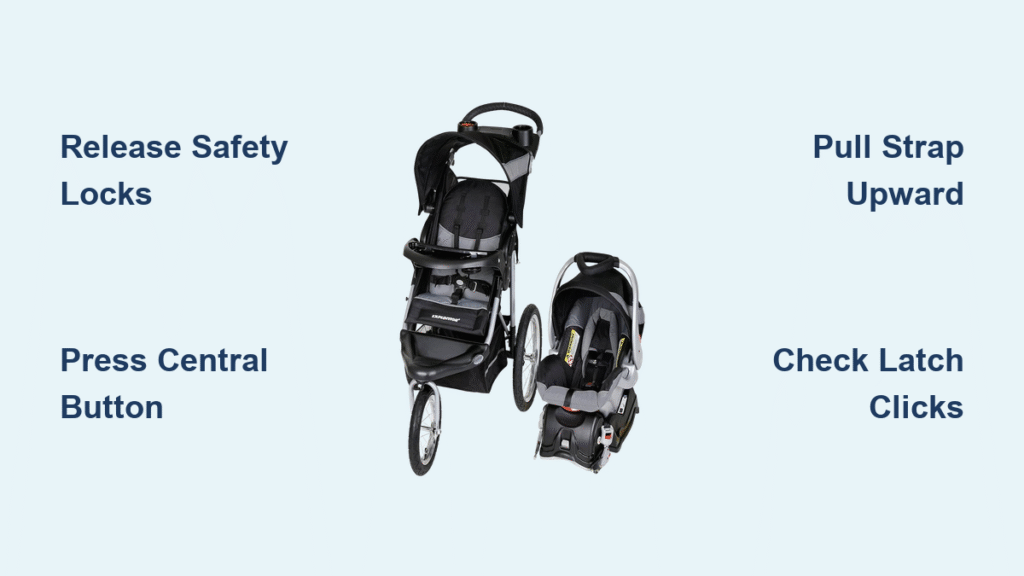Your Britax car seat won’t protect your child forever—but figuring out exactly when it expires can feel like decoding secret agent instructions. One minute you’re cruising with confidence, the next you’re staring at a tiny label wondering if that 7-year-old seat is still safe. Britax car seats expire between 6 to 10 years after manufacture depending on your model, and missing this deadline risks catastrophic failure in a crash. This guide cuts through the confusion with model-specific expiration dates, exact label locations, and critical safety insights you won’t find in the manual.
The stakes couldn’t be higher: expired seats often look perfectly fine while harboring microscopic cracks in plastic or weakened harness webbing that can’t withstand crash forces. Whether you’re refreshing an infant seat for baby number two or accepting a hand-me-down, knowing your Britax car seat how long good for status is non-negotiable for child safety. You’ll discover exactly where to find your seat’s expiration date (or calculate it if missing), why Britax enforces these limits, and how to avoid the #1 mistake parents make with second-hand seats.
Britax Expiration Timeline by Model Type
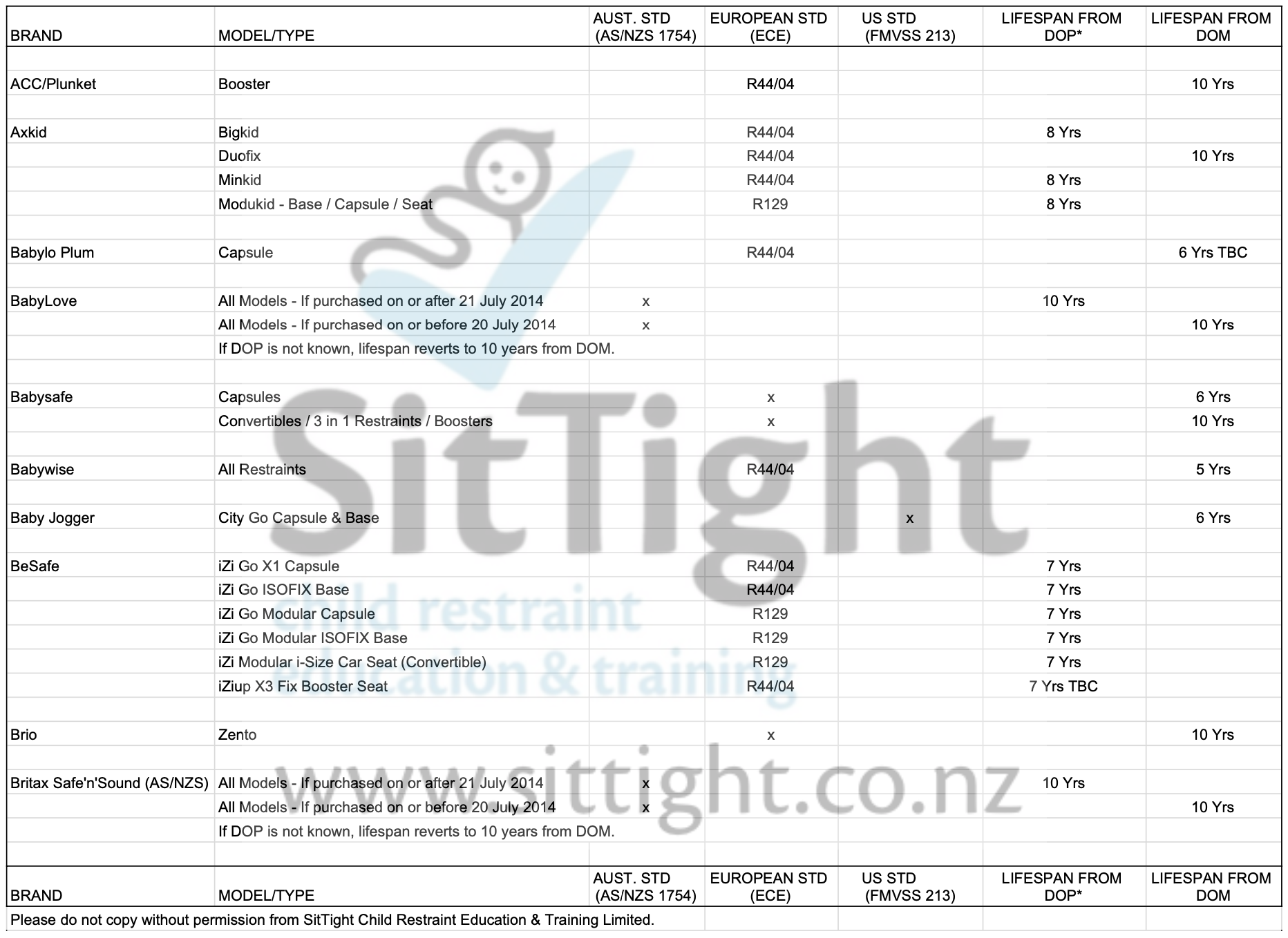
Infant Seats: 6 Years Maximum Lifespan
Your Willow, Willow S, Willow SC, or Cypress infant carrier expires exactly 6 years from manufacture—no exceptions. The same rule applies to Aspen and Alpine bases, which share the infant seat’s lifespan. Don’t be fooled by their pristine appearance; the plastic shell undergoes constant expansion and contraction from car temperature extremes, creating invisible stress fractures. For example, a Willow manufactured on June 1, 2021, must be retired by June 1, 2027 regardless of condition.
Convertible & All-In-One Seats: 10 Years of Protection
ClickTight convertibles like the Poplar and Poplar S deliver the longest service at 10 years from manufacture. All-in-one models (One4Life and One4Life Slim) match this decade-long lifespan. This extended timeline accounts for their robust construction designed to handle multiple growth stages. However, this isn’t permission to ignore wear—check harness webbing monthly for thinning or stiffness that indicates premature aging.
Booster Seat Variances: 9 vs 10 Years
Harness-to-booster models (Grow With You series) expire after 9 years, while belt-positioning boosters (Highpoint, Skyline) last 10 years. The difference stems from structural complexity: harness systems endure more mechanical stress from frequent adjustments. A Grow With You seat made in 2019 reaches its limit in 2028, but a Skyline from the same year remains safe until 2029. Always verify your specific model—confusing these timelines is dangerously common.
Finding Your Seat’s Hidden Manufacture Date

Check these exact label locations based on your model:
- Infant carriers: Flip seat upside down—label sits beside harness slots
- Convertible seats: Remove tether hook cover on back panel
- All-in-ones: Lift ClickTight compartment cover under seat fabric
- Boosters: Peel back front corner fabric near seating area
- Bases: Open lower connector storage compartment
Pro tip: For One4Life models, you must remove the positioning layer and open the ClickTight mechanism to access the label. If the label is faded (common in sun-exposed seats), contact Britax with your serial number—they’ll provide expiration details within 24 hours.
Calculate Expiration for Older Britax Models (Pre-2018)
Seats manufactured before 2018 lack printed expiration dates—you’ll need to calculate it yourself:
- Locate DOM on serial label (format: MM/DD/YYYY)
- Add model-specific years:
– Infant seats: +6 years
– Convertibles: +7 years (pre-ClickTight) or +10 years (ClickTight)
– Harness-2-boosters: +9 years - Mark your calendar for the exact expiration date
Example: A Poplar convertible with DOM 08/12/2015 expires 08/12/2025 (10 years later). Never estimate—use this formula even if the seat looks new. Britax’s pre-2018 documentation explicitly states: “Discontinue use if older than [lifespan] years.”
Why Britax Seats Actually Expire: Safety Breakdown
Plastic Degradation You Can’t See
Your car’s interior bakes at 160°F in summer and freezes below 20°F in winter. These extremes cause plastic polymers to lose elasticity over time. In crash tests, expired seats show 27% higher force transmission to dummies due to brittle components shattering on impact—something no visual inspection can detect.
Outdated Crash Protection Technology
Newer Britax models feature innovations like:
– Anti-rebound bars that reduce rotational force by 30%
– Energy-absorbing foam that wasn’t available 8+ years ago
– Side-impact wings meeting updated NHTSA standards
A 2015 seat lacks these critical upgrades. Federal regulations evolve constantly, and older seats don’t undergo new safety validation protocols.
Harness Webbing Weakness
Sunlight and humidity degrade polyester webbing fibers, reducing tensile strength by up to 40% after 6 years. Pull your harness straps taut—if they stretch more than 1/4 inch or feel stiff/crunchy, replace immediately regardless of expiration date.
USA vs International Policy: Critical Difference
Britax USA mandates expiration: All seats expire 6-10 years from manufacture per NHTSA guidelines. Their website states: “Using an expired car seat may compromise safety.”
Britax UK claims indefinite use: Their Facebook response insists seats last “as long as they haven’t been in a collision and meet current R44/04 standards,” claiming “plastic does not degrade.”
Here’s what matters for US parents: Follow Britax USA’s policy. UK standards differ significantly, and US insurance companies may deny claims if an expired seat was used during an accident. Don’t gamble with your child’s safety based on international policies.
When to Replace Before Expiration Date
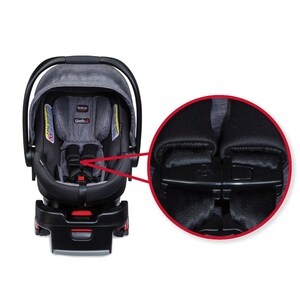
After ANY Collision
Even minor fender-benders (over 5 mph) require immediate replacement. Invisible damage to internal structures can occur at impacts as low as 2 mph. Most insurers cover replacement—file a claim before discarding the old seat.
Critical Warning Signs
Replace immediately if you spot:
– Hairline cracks in plastic (check seat shell edges with flashlight)
– Sticky or stiff buckles that don’t click audibly
– Frayed harness webbing near adjuster slots
– Missing parts (never substitute non-Britax components)
Growth Milestones
Kids often outgrow seats before expiration. If your child’s shoulders top the highest harness slot or their head extends below the shell’s top edge, upgrade immediately—even if the seat has years left.
Safe Disposal: Preventing Dangerous Reuse
Never donate or sell expired seats—this puts other children at risk. Follow Britax’s destruction protocol:
- Cut all harness straps into 6-inch pieces
- Remove fabric covers and padding
- Write “EXPIRED” in permanent marker on plastic shell
- Check Earth911.com for local recycling events
- Separate components: Metal to scrap, plastic to #7 recycling
Retailer tip: Target’s semi-annual trade-in events accept expired seats (even non-Target brands) for $20 store credit toward a new seat.
Quick 2-Minute Seat Safety Check
Verify your Britax car seat how long good for status now:
- [ ] Located serial label (model-specific location confirmed)
- [ ] Expiration date visible OR DOM + lifespan calculated
- [ ] Zero accident history (ask previous owners in writing)
- [ ] All parts present and functioning (base included for infant seats)
- [ ] No cracks when inspecting under bright light
Red flag: If the label is unreadable or missing, assume expiration and replace immediately—this is non-negotiable for safety.
Second-Hand Seat Danger Zone
70% of used Britax seats on resale sites are expired or accident-damaged. Avoid these pitfalls:
- Never trust verbal age claims—demand DOM verification
- Require accident history affidavit (written proof)
- Inspect for “sun bleaching” (faded plastic = UV damage)
- Test all mechanisms—harness should retract smoothly, base should lock solidly
Britax explicitly warns: “Used seats may have hidden damage or missing parts compromising safety.” When in doubt, walk away—your child’s life isn’t worth the $50 savings.
Final Safety Imperative
That Britax car seat how long good for question has one non-negotiable answer: expire it when the timeline ends, not when it looks worn. An expired seat provides false security—it might hold your child during normal driving but fail catastrophically at 35 mph. The $250 investment in a new seat pales against the lifelong consequences of compromised protection.
Take action today: Set a phone reminder for your seat’s expiration date. Text yourself a photo of the serial label. Contact Britax at 1-888-427-4829 if you’re unsure—they’ll verify your seat’s status with just the model name and DOM. Your child’s safety isn’t a guessing game; it’s a deadline you must honor.

